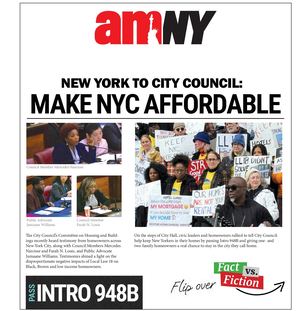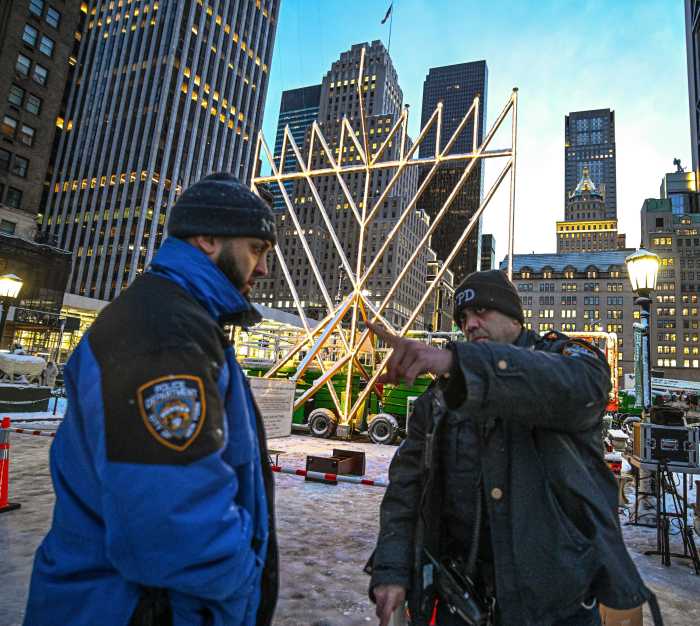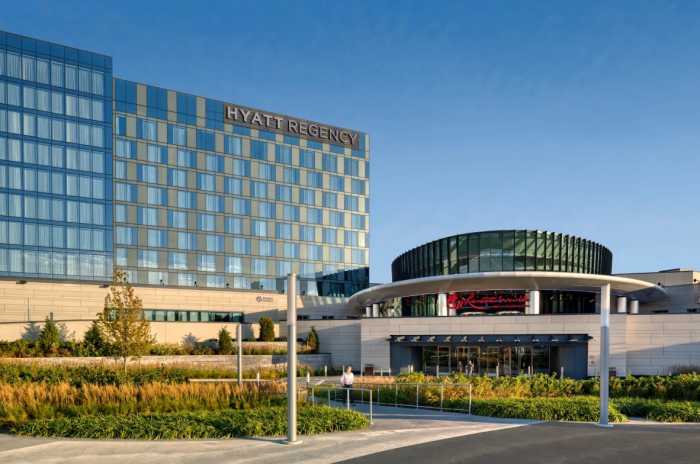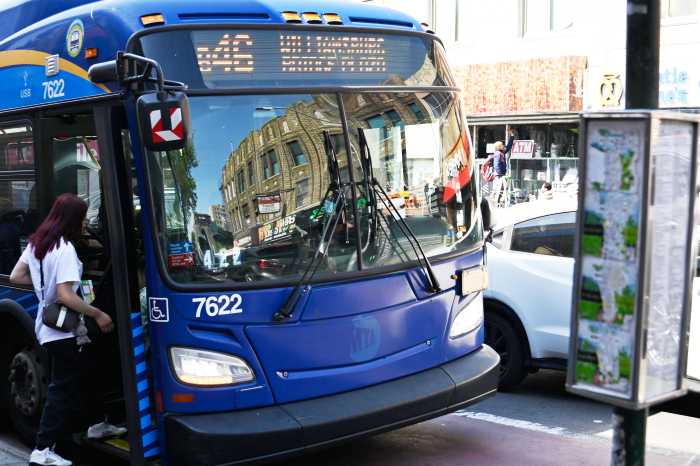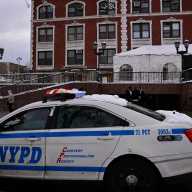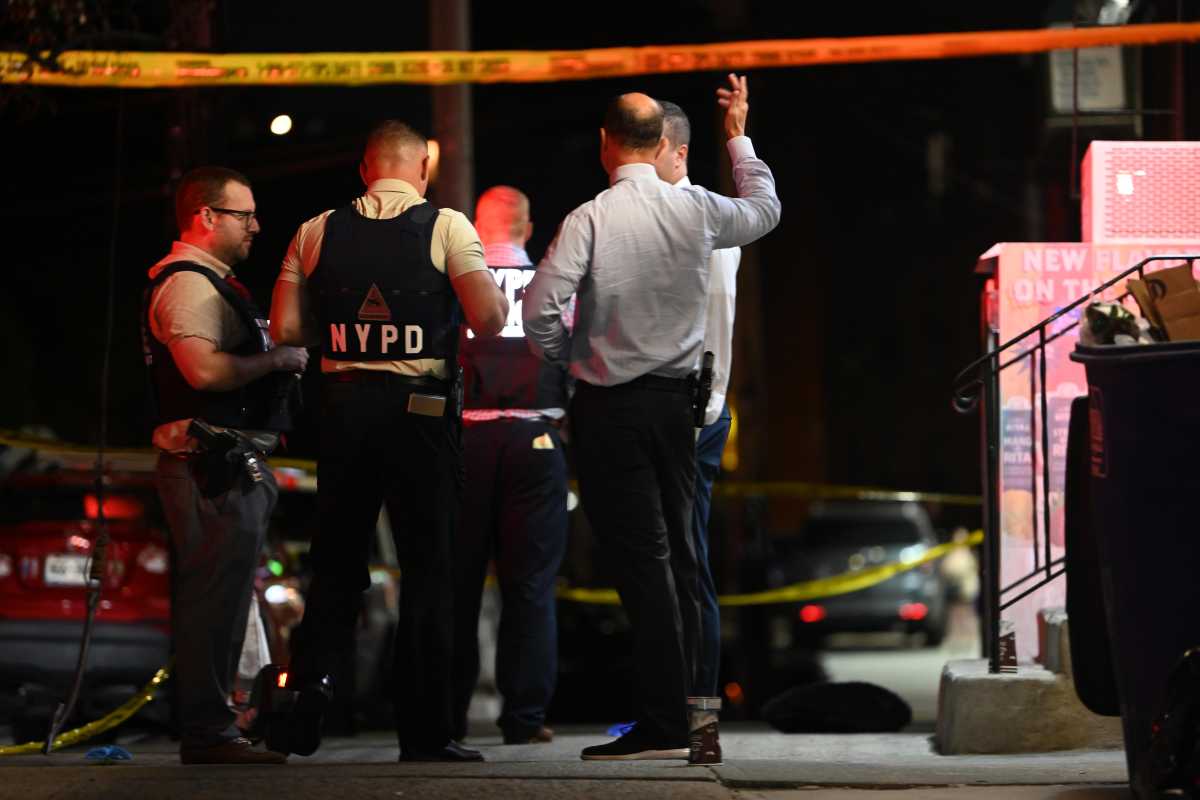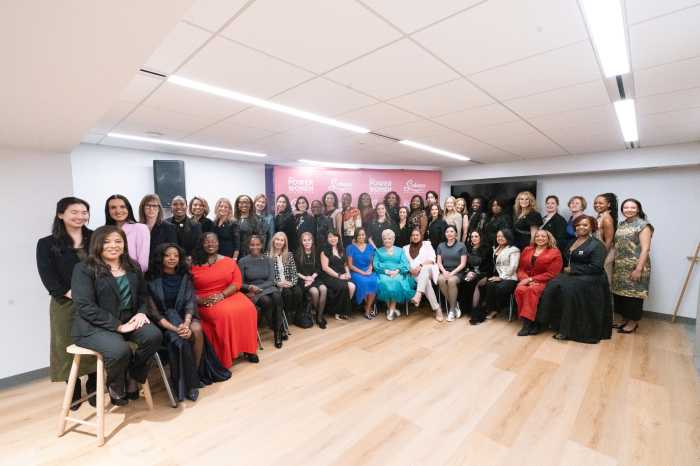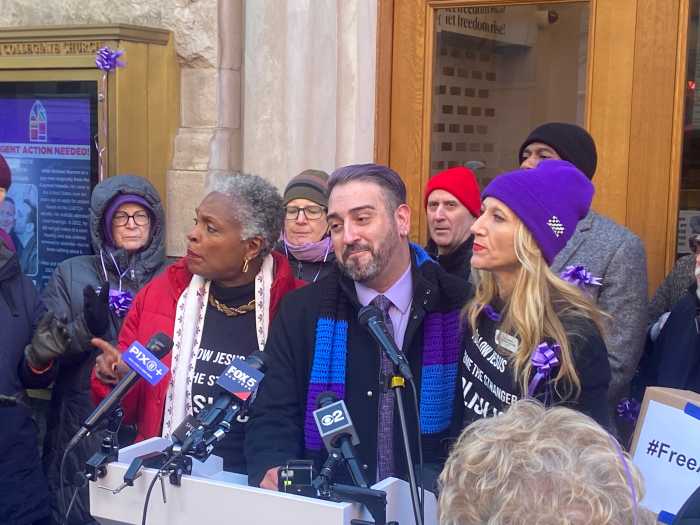
Police Commissioner Bill Bratton said on Wednesday the department will have more than 1,700 officers who are speciallytrained to take on active shooters by early next year, with thousands more receiving active shooter and alert training.
The department was briefed, as recently as this week, by a Parisian official who faced gunmen during the terror attacks there last month.
“At any given time in the city, we’ll have 3, 4, 500 officers who can very quickly get to the scene, whether it’s a soft target, a significant target … and move in,” Bratton said, speaking on Randall’s Island at a training exercise for the newly formed Strategic Response Group. “You have to go in. Because if you’re not going in, they’re going to be killing all the time that you’re outside. We’re trying to improve the safety of our officers to the greatest degree possible to protect them in that mission.”
The SRG unit will assist precinct and borough commanders in fighting crime and facing crowd control situations, and also “assist in the event of an active shooter or a hostage barricade situation,” said Chief of Department James O’Neill.
They will use special equipment to detect explosives and radiation, as well as self-contained breathing apparatuses that allow air for 45 to 60 minutes.
Bratton said the newly deployed Critical Response Command unit will also expand their responsibilities to help assure the safety of businesses, or soft targets, and their employees.
Most important, Bratton said, is to keep the level of fear in “proportion to the reality.”
“As those [CRC] officers are standing protecting a building, they also will have the capacity to go in and survey the building — how to protect it, as well as give educational lectures to employees about what were you to do in the event of a terrorist or active shooter situation,” he said. “We need to be aware but not be fearful. We really cannot let them win by constantly spreading fear, letting it get out of control or out of proportion to the actual threat.”
